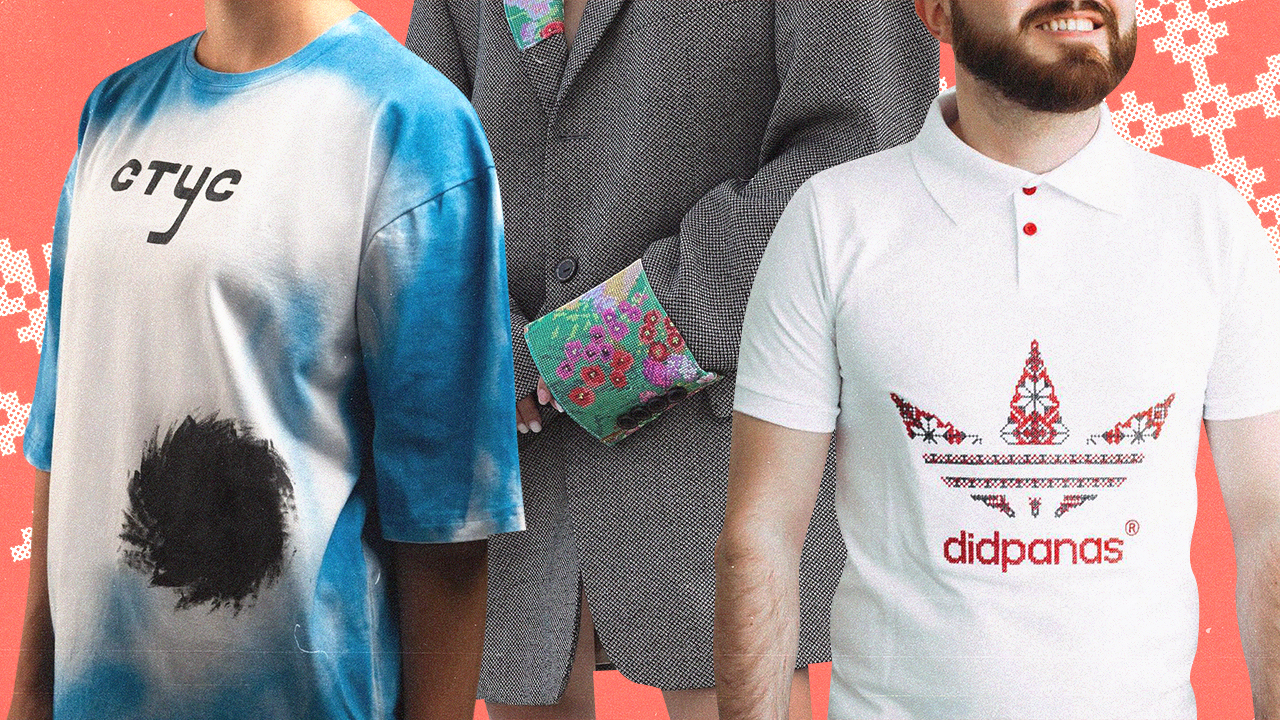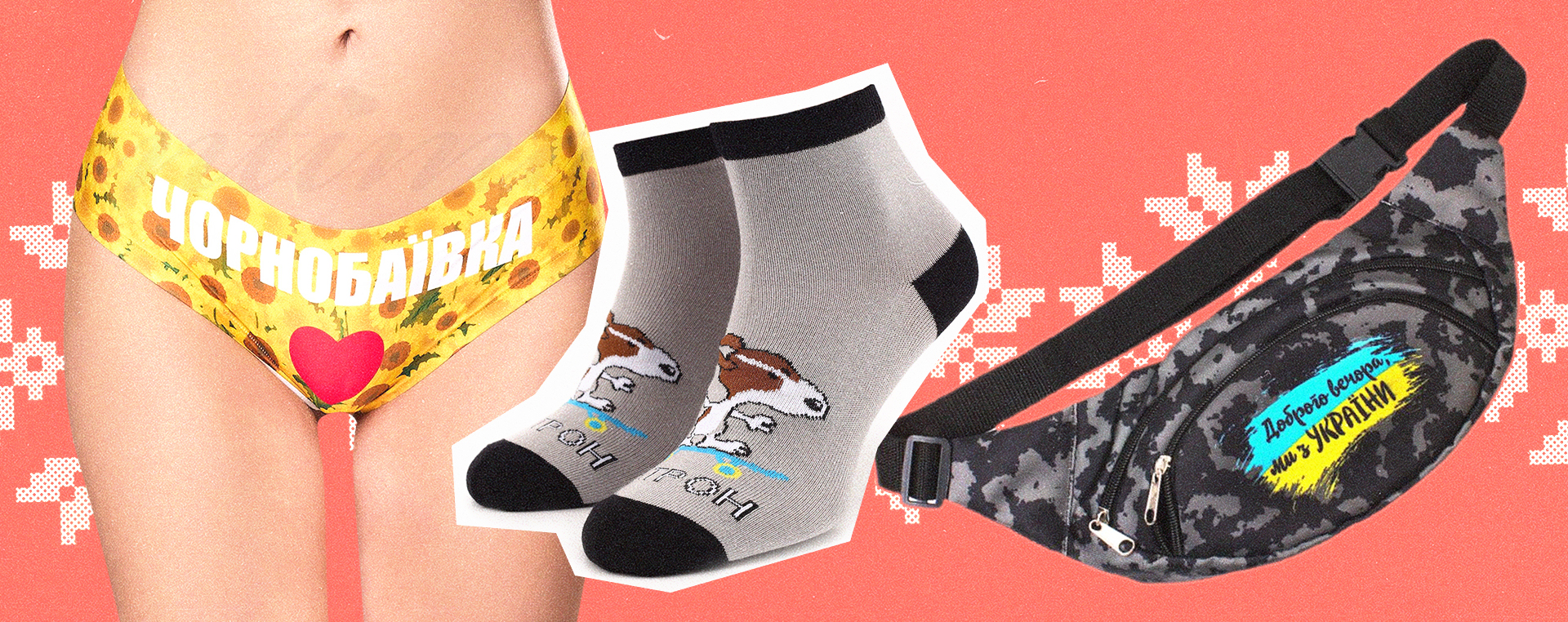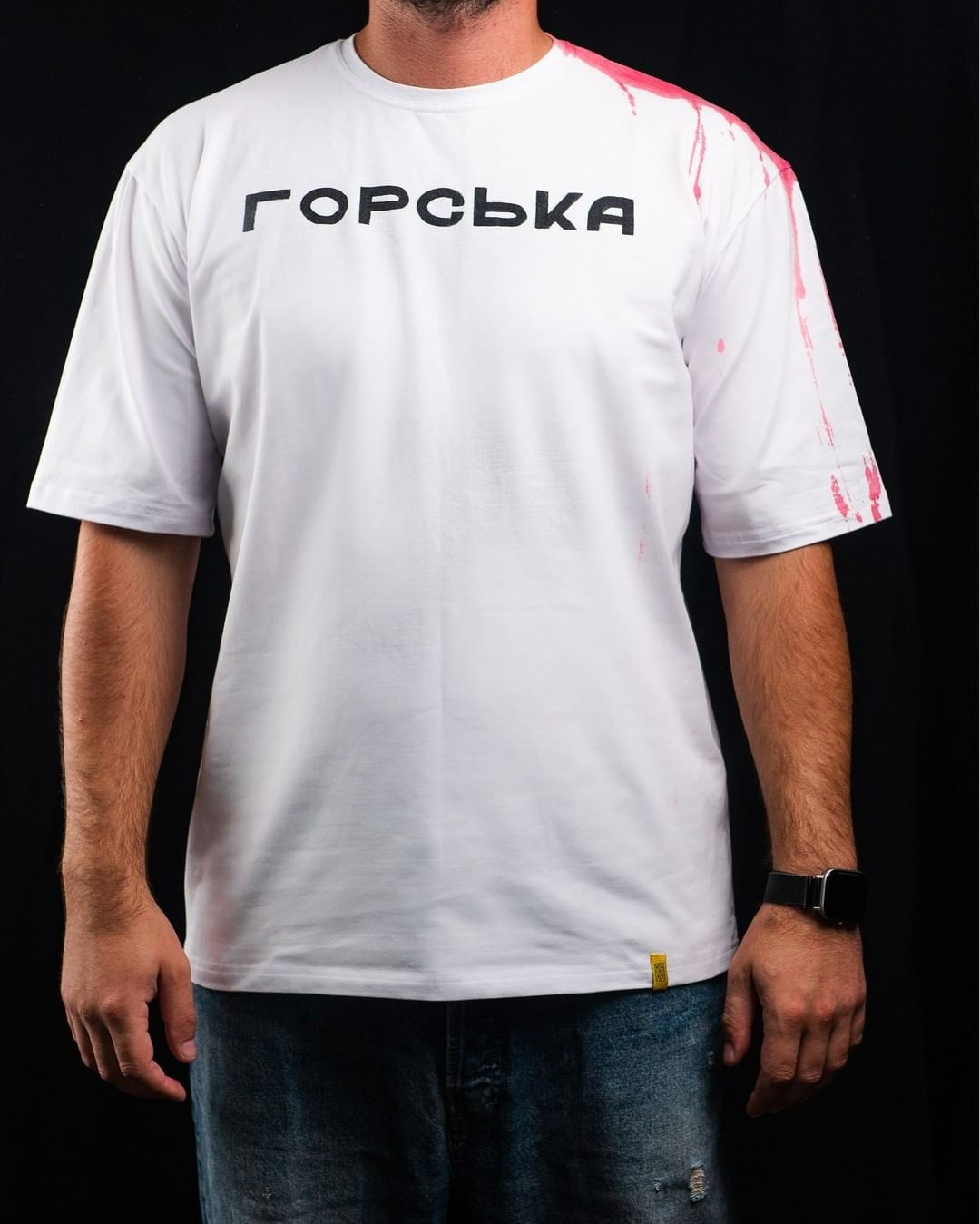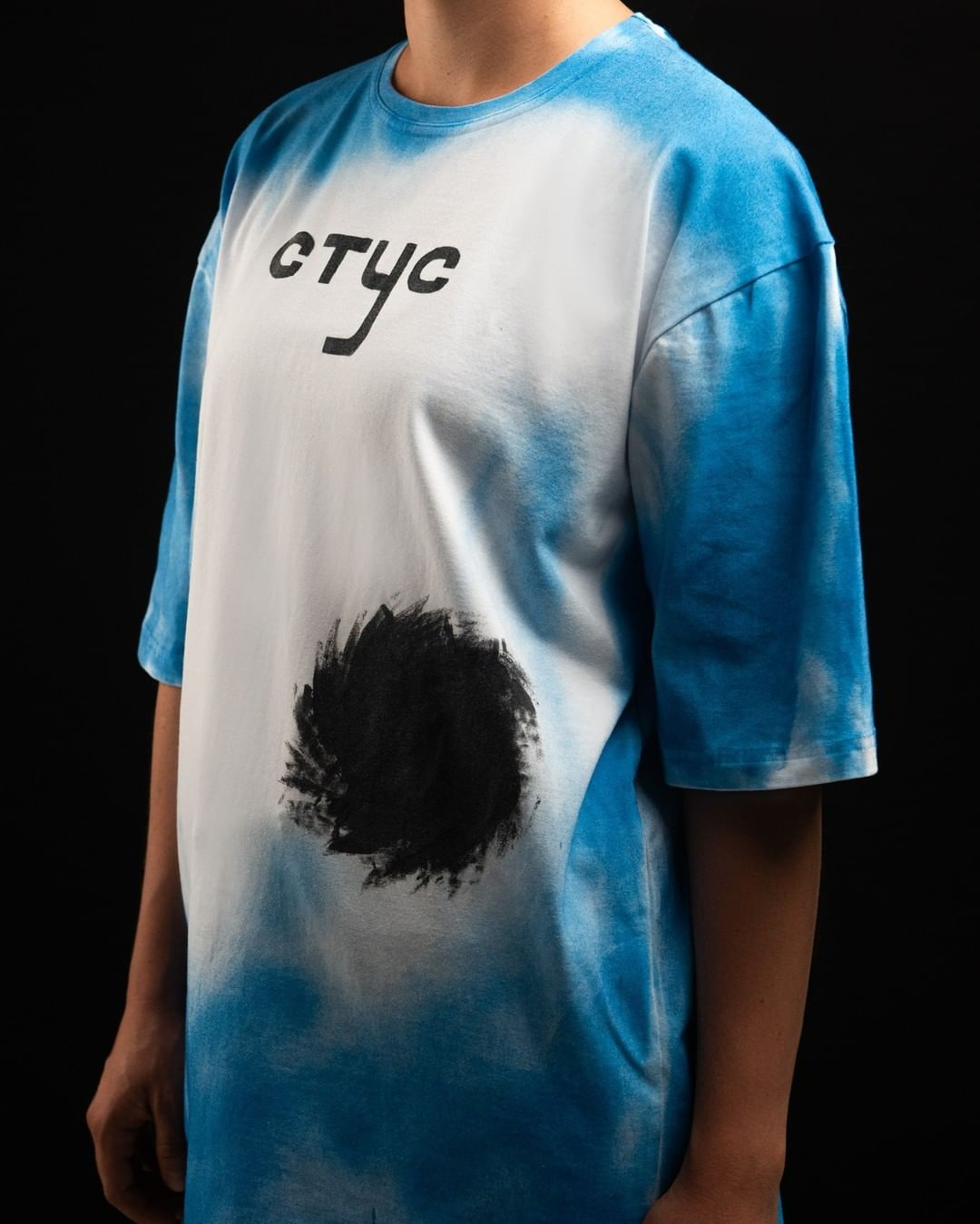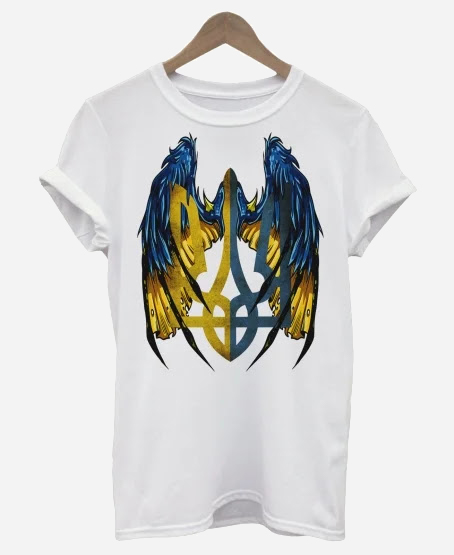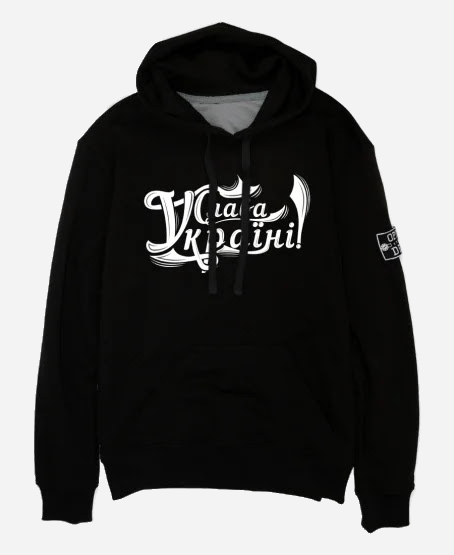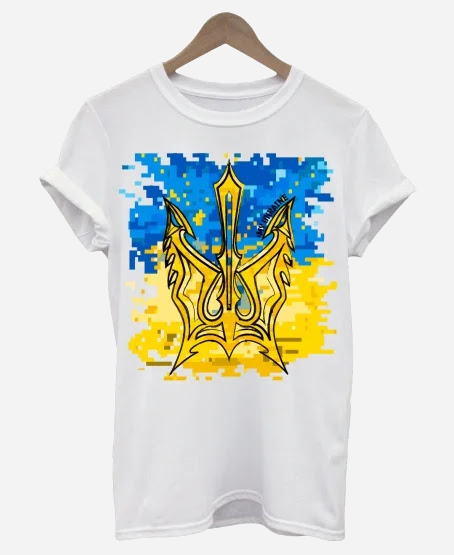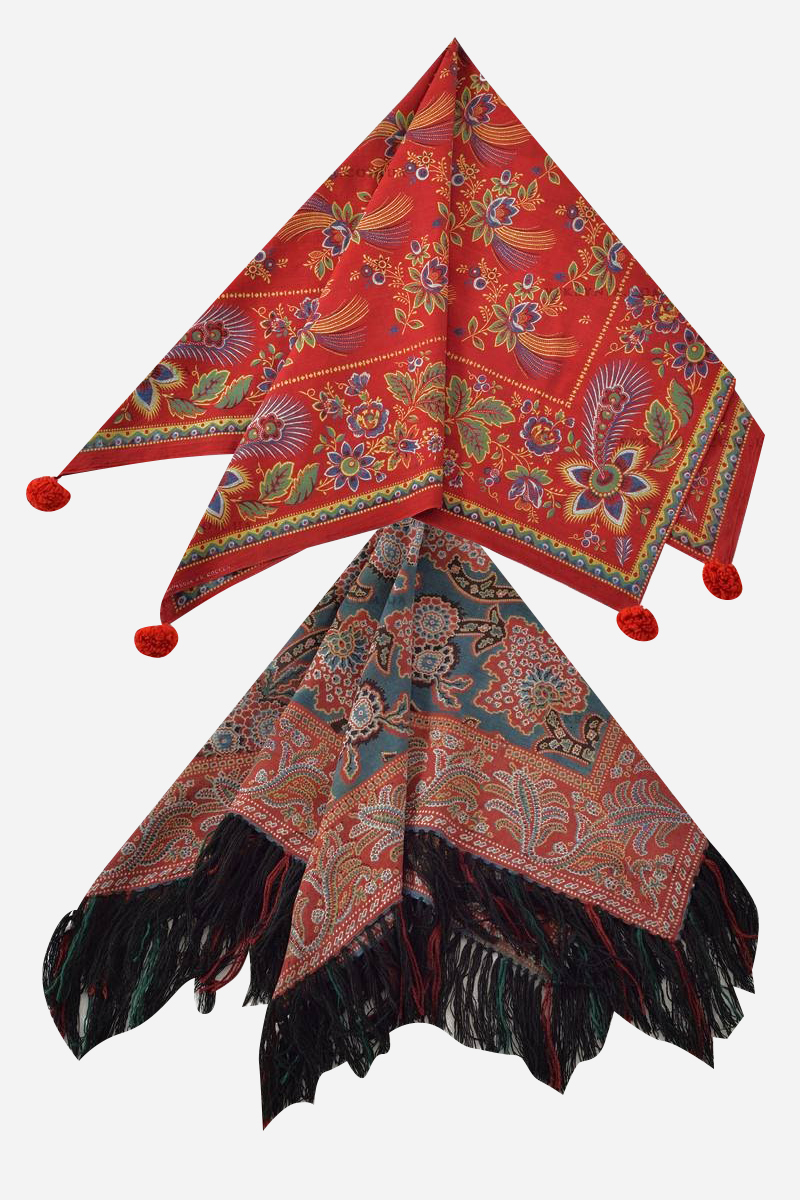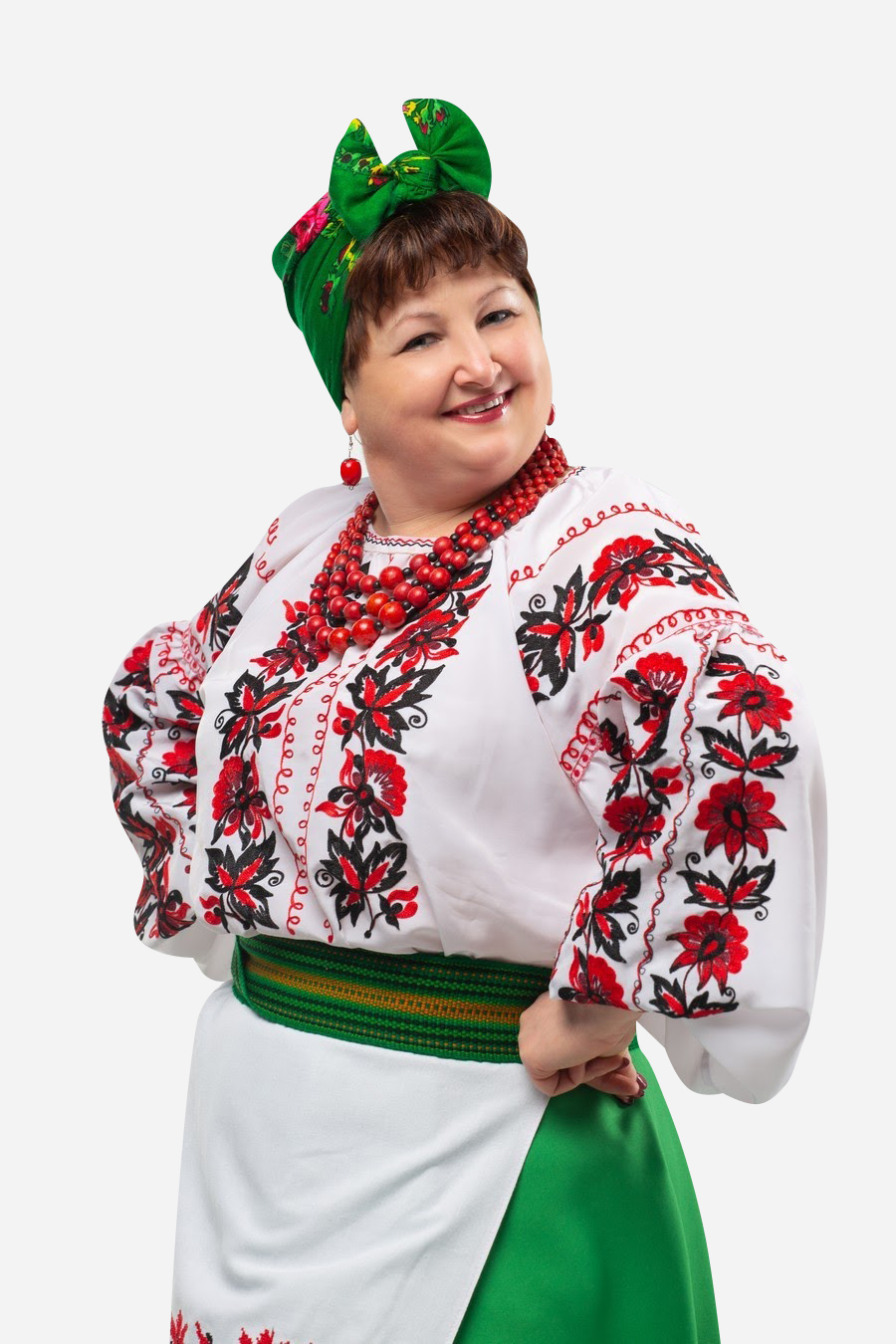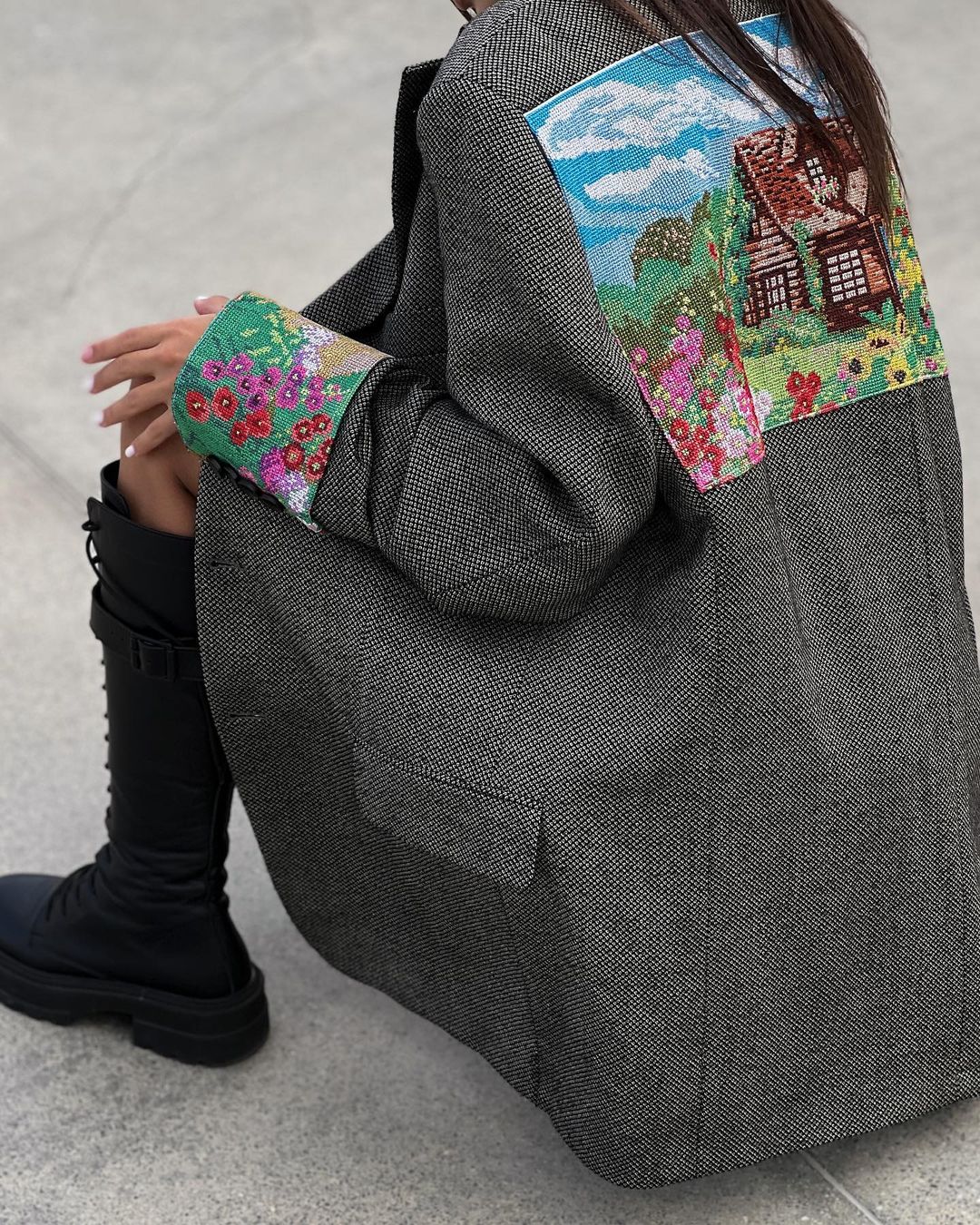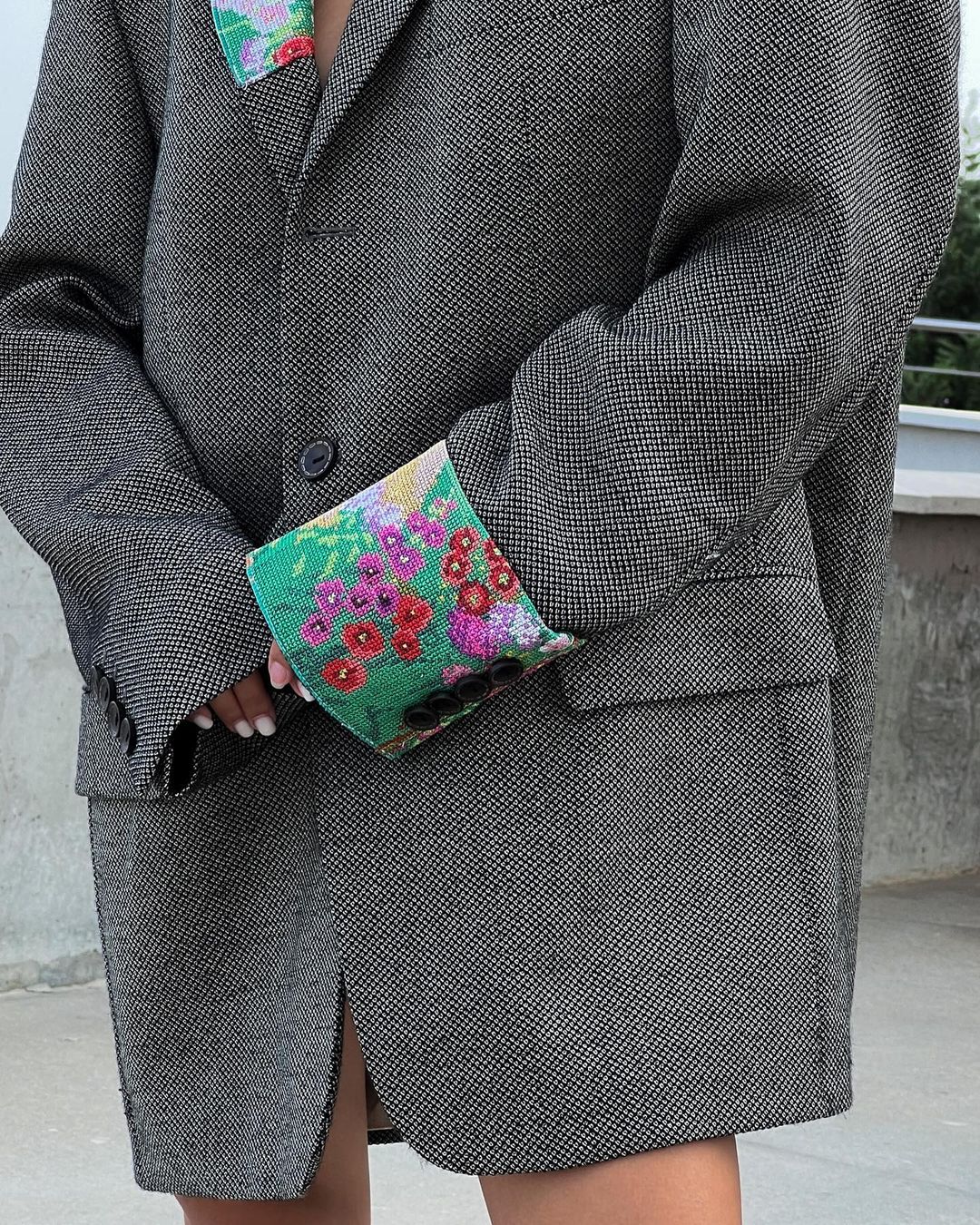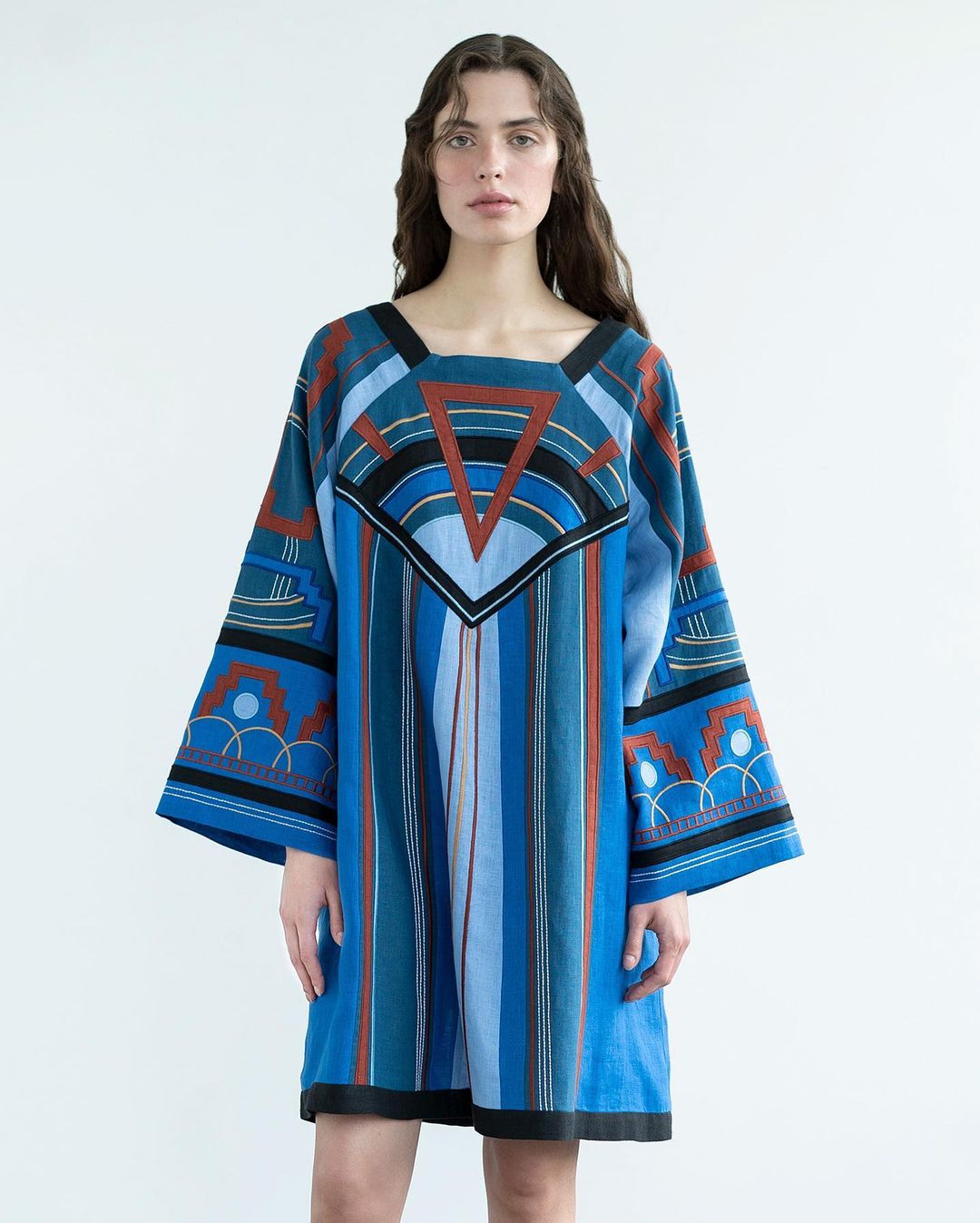The Pantone Color Institute identifies blue and yellow as the main colors of 2022, the Stefania song is sung by the choir at Britain’s Glastonbury festival, and the Balenciaga show guests receive a T-shirt with a yellow and blue flag at the entrance. Ukraine has become a trend for the whole world, but the war is still a trend for all Ukrainians.
The war permeated all spheres of life and everyday life. Therefore, we have a sushi set called Chornobaivka, underwear with the inscription “Come back alive” and songs about Bayraktars. Why are Ukrainians so eager to label everything without exception with the symbols of our struggle? What of all this will affect the perception of Ukraine by the world and what will become a subject for research by our descendants – in this article you can find the answers.
Translator: Viktoriia Volosheniuk

